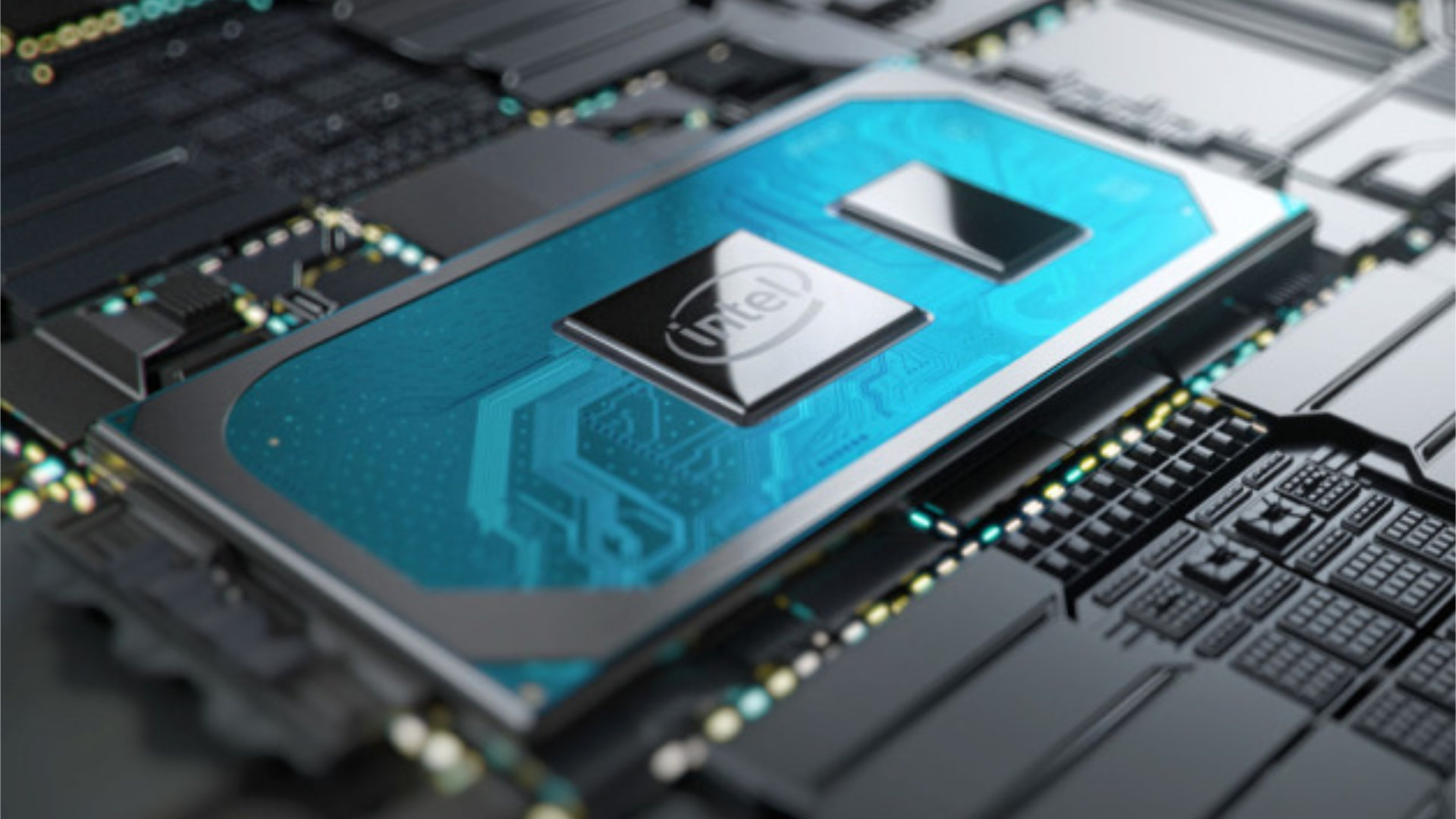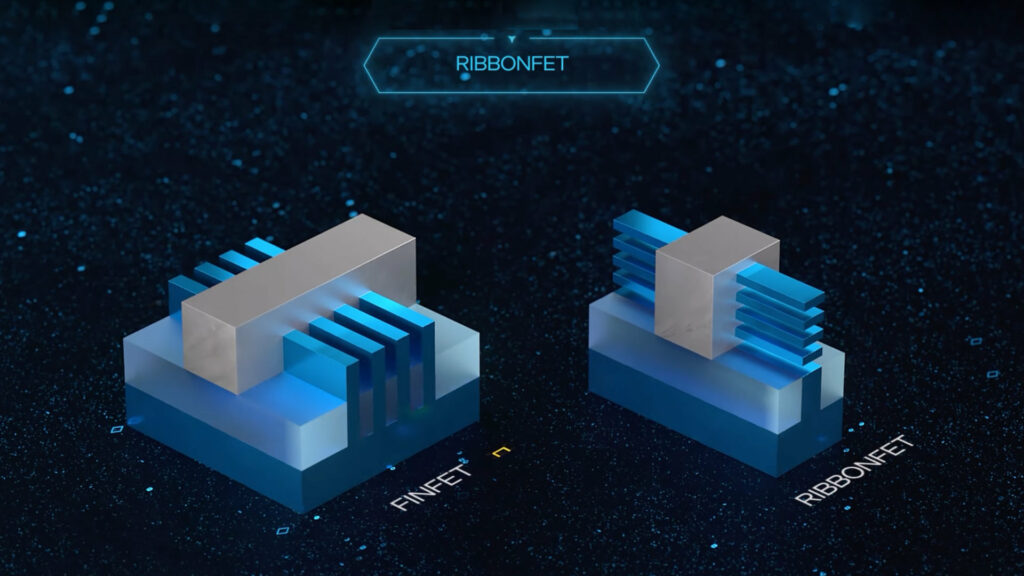
At its annual conference, Intel presented its roadmap for the years to come. Struggled by fierce competition, the American company wishes to capitalize on technological breakthroughs to once again establish itself as the king of processors.
Intel is determined to return to the processors race. Heavily competing with AMD and Nvidia, the Californian company detailed at its annual conference its plans for the next four years. And the course is aggressive.
Goodbye nanometers
To begin with, Intel will get rid of the sacrosanct measure of engraving finesse on its next components. The 12th generation processors expected before the end of the year will be equipped with transistors soberly named “Intel 7”. These will take the place of the “10 nm SuperFin” currently on the market.
This name change is far from being an admission of failure for Intel, it is rather a way of setting the record straight. The fineness of the engraving is no longer a viable measure for gauging the power of a processor. A chip engraved in 10 nanometers by Intel is about as powerful and efficient as a chip engraved in 7 nanometers from TSMC. By getting rid of this outdated metric, Intel hopes to put an end to questionable comparisons.
Intel wants to recover its crown by 2025
The other, and perhaps more important, announcement concerns the company’s plans for 2024. Within three years, Intel hopes to have entered ” the angstrom era »Semiconductors. Behind this abstruse name hides in fact the unit of measurement less than a nanometer. One way of saying that the brand’s future processors will pass a new technological milestone with a finesse of engraving never before achieved.
If the innovation is significant, the name adopted by Intel still sounds mildly ironic since the company struggles to explain that the fineness of engraving no longer corresponds to anything.
Anyway, this innovation will be made possible by the use of a new architecture called RibonnFET which will allow constructions much denser in number of semiconductors than current techniques. A major technological breakthrough that has not happened since the introduction of FinFET at Intel in the early 2010s.

All these innovations have one goal: to restore Intel’s domination of the processor market by 2025. Because even if the fineness of engraving no longer represents the alpha and omega of the industry, the Californian company despite everything, is lagging behind TSMC, which innovates more quickly. Among other things, production problems delayed the release of its latest processors, while the Taiwanese company was having great success thanks to the manufacture of the Apple Silicon M1 chip which equips all new generation Macs.


